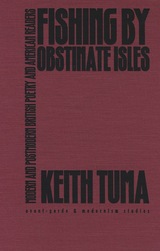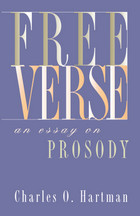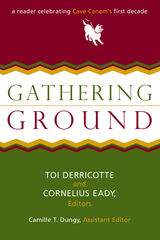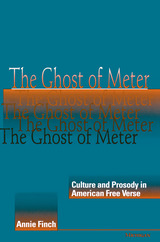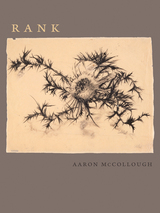English for Dispute Resolution: Mastering Negotiation, Mediation, and Alternative Dispute Resolution
University of Michigan Press, 2025
Paper: 978-0-472-03990-6 | eISBN: 978-0-472-22220-9
See other books on: Alternative | Decision-Making & Problem Solving | English as a Second Language | Mediation | Methods & Strategies
See other titles from University of Michigan Press
Paper: 978-0-472-03990-6 | eISBN: 978-0-472-22220-9
ABOUT THIS BOOK | AUTHOR BIOGRAPHY | TOC
ABOUT THIS BOOK
English for Dispute Resolution shows advanced-level ESL students and professionals how to negotiate and mediate in English. Following the approach used in US law and business schools to teach Alternative Dispute Resolution (ADR), the book balances readings on ADR theory and strategies with activities, practice role plays, and self-reflection. It provides complex information and step-by-step instructions in plain English, clearly explains key ADR terms and idioms, and highlights cross-cultural communication issues that readers may encounter.
Whether they are using English for Dispute Resolution as a self-study resource or a course textbook, readers can use the book to develop their own unique negotiation and mediation styles in English and improve their professional-level English skills and soft skills for any purpose. Chapters introduce Alternative Dispute Resolution, negotiation ethics, competitive and collaborative negotiation, negotiation game theory, apologies, drafting written agreements, and mediation. After an engaging hypothetical case that introduces the chapter’s key points, each chapter provides warm-up questions, readings about dispute resolution theory and strategies, language tips, and activities and sample phrases to practice applying chapter lessons to real-world disputes. Chapters also invite readers to explore topics of interest, such as dispute resolution in their home countries, personal and professional lives, and current events, and the growing use of Artificial Intelligence (AI) in ADR. Readers will simultaneously build confidence in their English and cross-cultural dispute resolution skills.
English for Dispute Resolution offers readers:
ESL and ESP instructors can use this book along with The Teaching Guide for English for Dispute Resolution to supplement Legal or Business English courses, teach new standalone negotiation or mediation courses, build students’ soft skills, or to add engaging activities and role-plays to ESL courses.
Whether they are using English for Dispute Resolution as a self-study resource or a course textbook, readers can use the book to develop their own unique negotiation and mediation styles in English and improve their professional-level English skills and soft skills for any purpose. Chapters introduce Alternative Dispute Resolution, negotiation ethics, competitive and collaborative negotiation, negotiation game theory, apologies, drafting written agreements, and mediation. After an engaging hypothetical case that introduces the chapter’s key points, each chapter provides warm-up questions, readings about dispute resolution theory and strategies, language tips, and activities and sample phrases to practice applying chapter lessons to real-world disputes. Chapters also invite readers to explore topics of interest, such as dispute resolution in their home countries, personal and professional lives, and current events, and the growing use of Artificial Intelligence (AI) in ADR. Readers will simultaneously build confidence in their English and cross-cultural dispute resolution skills.
English for Dispute Resolution offers readers:
- Lessons that explain the theories behind Alternative Dispute Resolution, negotiation ethics, competitive and collaborative negotiation, and mediation
- Activities that help them develop their own unique negotiation strategies and styles along with critical thinking, problem-solving, reading, writing, listening, and speaking.
- Step-by-step guidance, sample sentences, and practice activities for applying chapter lessons to real-world disputes.
- Opportunities to explore topics of interest, such as dispute resolution in their home countries, personal and professional lives and current events, and the growing use of Artificial Intelligence (AI) in ADR.
- Key ADR terms and idioms in plain, accessible English.
- Specific tips to improve cross-cultural communication for negotiating and mediating in English.
ESL and ESP instructors can use this book along with The Teaching Guide for English for Dispute Resolution to supplement Legal or Business English courses, teach new standalone negotiation or mediation courses, build students’ soft skills, or to add engaging activities and role-plays to ESL courses.
See other books on: Alternative | Decision-Making & Problem Solving | English as a Second Language | Mediation | Methods & Strategies
See other titles from University of Michigan Press

